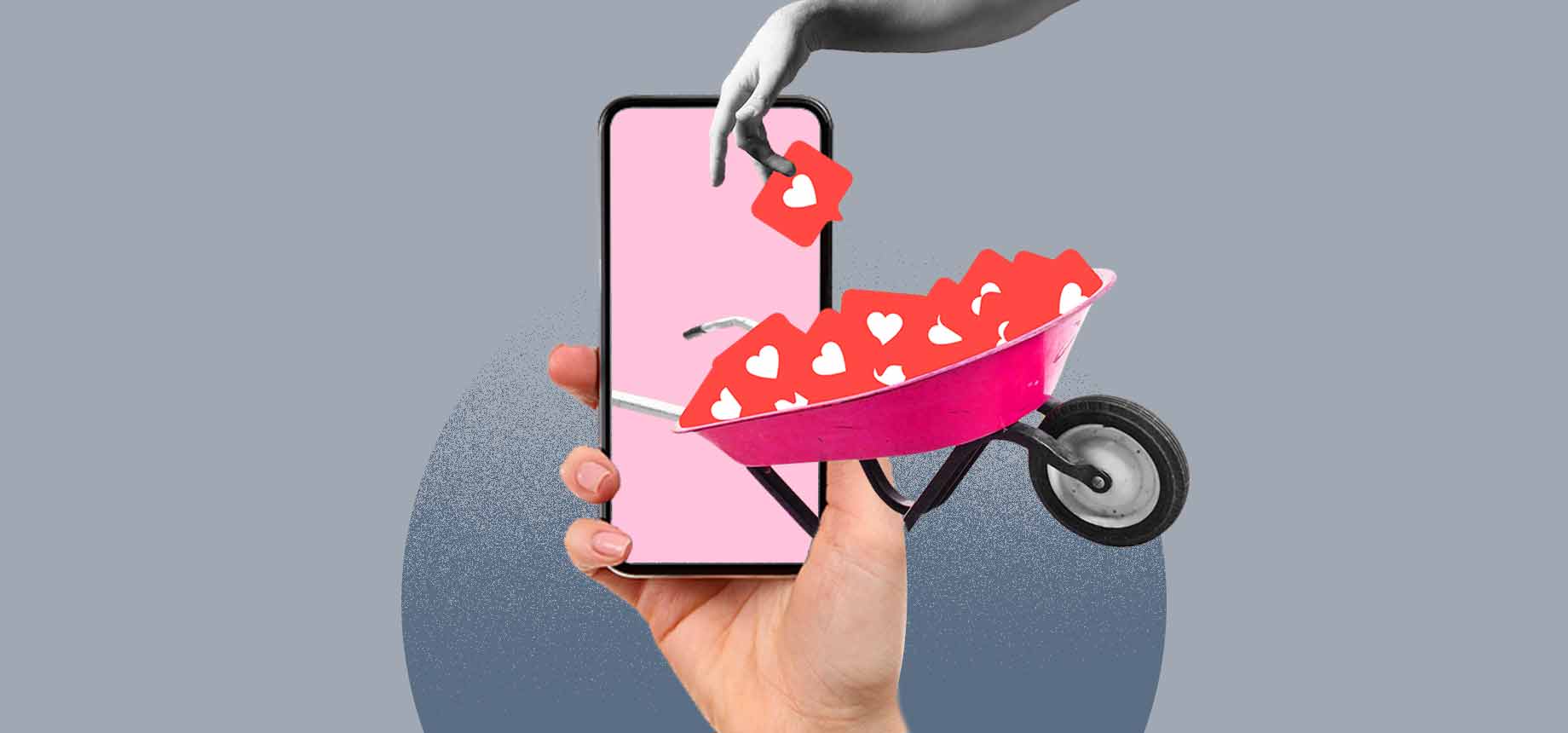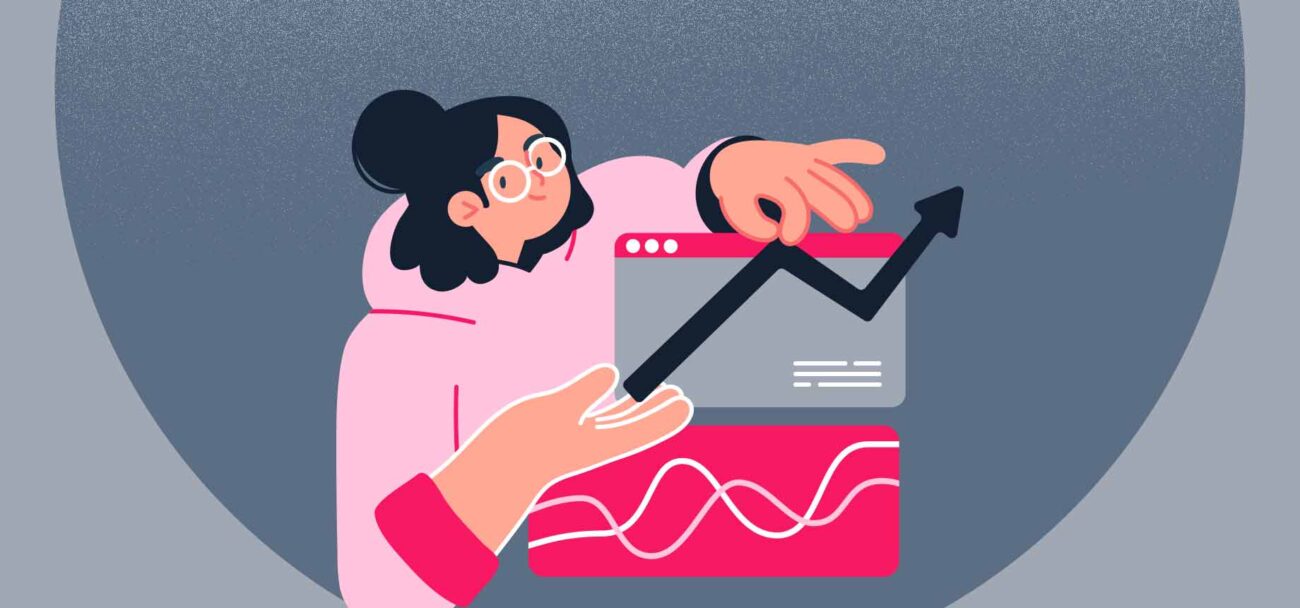
Live Shopping (LS) is one of the most promising channels for ecommerce in the next few years. There’s a clear appetite from consumers for video content, and some of the biggest players in the industry have already set their sights on it.
Despite this, some retailers and online sellers are still skeptical of whether or not LS can prove that it deserves its place as the next big thing in the online shopping space.
VTEX –alongside Amazon Web Services, one of its most trustworthy partners– has helped bring the technology to several countries in Latin America, and Manuel García, Head of Live Shopping for the region, believes that LS is already in a spot where it brings important benefits to any company that knows how to utilize it. Here are his main insights into Live Shopping benefits.
Live Shopping has a fundamental benefit that is the driving force behind much of its appeal: it increases the average session duration for a website. This is one of the most difficult metrics to improve, and comes with several collaterals.
“That is cold data: live events increase session times up to 5x. This, in turn, increases conversion rates and also revenue: it’s a 1-2-3 punch.”
Manuel García, Head of Live Shopping for Latin America at VTEX
VTEX has seen an “add to cart” ratio of around 16% during Live Shopping events, while certain sectors, such as luxury goods, have reported conversion rates of over 70%. The average order value (AOV) has also gone up for most clients, and LS has proved to be a versatile tool that can be used to sell multiple product categories.
LS is also a great trick to increase traffic, since it offers customers something different from what’s usually hosted on a brand’s website. Reports of LS interest around the world have reached 88% in markets like Brazil, and the pandemic saw a 76% increase in purchases through this medium.
During launch, a LS strategy has to be accompanied by a marketing campaign that promotes the planned events. Depending on the frequency of these events, they can turn into a tool that works well by itself and that has consumers coming back to a website in anticipation of the next big event.

Most buyers are used to the current status quo for contacting a brand: they know they have limited choices which include social media, phone and email, where it’s very likely that they will get a reply from a bot, at least at first. LS, on the other hand, helps bridge the gap between brands and customers.
“Live Shopping is a communications channel where I provide an experience and I also get chat interactions that I can respond to. A potential buyer asks about a specific product or the purchasing process and they get answers in real time after being approved by moderators.”
Manuel García, Head of Live Shopping for Latin America at VTEX
This helps brands grow their interaction numbers, since the communication process is much less frustrating than on other available channels, and the answers can be useful for more potential buyers and not just the one that asked the question
We’ve talked before about how a LS event drives up page views and average session times, but it’s also important to highlight the fact that it improves engagement in the form of chat messages, which can help brands better target campaigns for certain products.
“The consumer of the future currently spends almost four hours a day on social media platforms that mainly work as video platforms, such as TikTok, YouTube and Instagram. For a brand, Live Shopping is an easy way of finding a communication channel with this consumer of the future.”
Manuel García, Head of Live Shopping for Latin America at VTEX
As ecommerce numbers outside of LS keep growing, this strategy can be one of the main drivers, since it solves some of the most common problems for consumers, and it does it on a platform they’re already familiar with.
“It solves the need to talk to a representative before buying. It also solves the desire to try on or test a product, as well as get a better look at it. One of the main concerns with online shopping is that the product might look different once you get it home, and Live Shopping is a great way to avoid that.”
Manuel García, Head of Live Shopping for Latin America at VTEX
Live Shopping, as we’ve seen in the past, does not require a big investment to start making an impact on an ecommerce strategy, and it’s a tool that can adapt to most retailers’ needs and bring them important advantages.
So, it’s easy to see why it’s been widely regarded as the next big thing in ecommerce. A big thing that might already be here.

